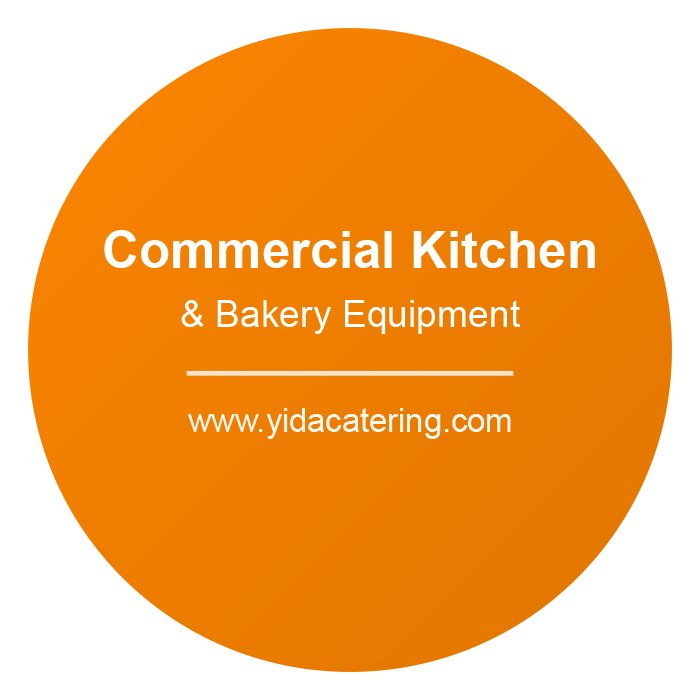When it comes to choosing an ice cream machine for your business, the decision between air-cooled and water-cooled systems is a critical one. Both types offer distinct advantages and potential drawbacks, depending on your operational needs, budget, and location. Understanding the differences between these two cooling systems can help you make an informed decision that aligns with your business goals. In this blog post, we will explore the key features, benefits, and considerations of air-cooled and water-cooled ice cream machines to help you determine which option is best suited for your establishment.
What Are Air-Cooled Ice Cream Machines?
Air-cooled ice cream machines rely on ambient air to regulate the temperature of the machine’s internal components. These machines are equipped with built-in fans that dissipate heat generated during the freezing process.
Advantages of Air-Cooled Machines
- Ease of Installation: Air-cooled machines do not require additional plumbing or water connections, making them easier to install and relocate if needed.
- Lower Operational Costs in Water-Scarce Areas: In regions where water is expensive or limited, air-cooled systems can help reduce utility costs.
- Portability: Since they do not rely on external water sources, air-cooled machines are more portable and versatile.
Drawbacks of Air-Cooled Machines
- Heat Emission: These machines release heat into the surrounding environment, which can increase the ambient temperature in your workspace. This may be a concern in small or poorly ventilated areas.
- Noise Levels: The built-in fans can generate noticeable noise during operation, which might be disruptive in quieter settings.
What Are Water-Cooled Ice Cream Machines?
Water-cooled ice cream machines use water to cool their internal components. These systems require a dedicated water line and drainage system to function effectively.
Advantages of Water-Cooled Machines
- Efficient Cooling: Water-cooled systems are highly effective at maintaining consistent temperatures, even in hot or humid environments.
- Minimal Heat Output: Unlike air-cooled machines, water-cooled systems do not release heat into the surrounding area, making them ideal for confined or temperature-sensitive spaces.
- Quiet Operation: Without the need for fans, water-cooled machines tend to operate more quietly.
Drawbacks of Water-Cooled Machines
- Higher Installation Costs: The need for plumbing and drainage systems can increase the initial setup costs.
- Water Usage: These machines consume significant amounts of water, which can lead to higher utility bills, especially in areas where water is expensive or conservation is a priority.
- Limited Portability: Once installed, water-cooled machines are less flexible in terms of relocation due to their reliance on fixed plumbing.
Factors to Consider When Choosing Between Air-Cooled and Water-Cooled Machines
1. Location and Environment
- If your workspace is small or poorly ventilated, a water-cooled machine may be a better choice as it does not emit heat into the environment.
- Conversely, if you operate in an area with high water costs or limited access to plumbing, an air-cooled machine may be more practical.
2. Energy and Utility Costs
- Consider the cost of electricity versus water in your region. Air-cooled machines may save money on water bills but could increase cooling costs due to heat emission.
- Water-cooled machines might lower electricity usage but could result in higher water expenses.
3. Noise Levels
- For businesses where ambiance is important—such as cafes or boutique dessert shops—a quieter water-cooled machine might be preferable.
4. Initial Investment vs. Long-Term Costs
- While air-cooled machines often have lower upfront costs, their impact on room temperature and potential need for additional cooling could increase long-term expenses.
- Water-cooled machines may require a higher initial investment but could offer savings in energy efficiency over time.
Conclusion
Choosing between an air-cooled and a water-cooled ice cream machine ultimately depends on your specific business needs, budget constraints, and operational environment. Air-cooled machines are ideal for businesses seeking flexibility and lower installation costs, especially in areas with limited water resources. On the other hand, water-cooled machines excel in maintaining consistent performance in challenging environments, offering quieter operation and reduced heat output.
By carefully evaluating your priorities and understanding the pros and cons of each system, you can select the ice cream machine that best supports your business’s success. Whether you prioritize efficiency, cost savings, or convenience, both options have the potential to help you serve delicious frozen treats to your customers with ease.

